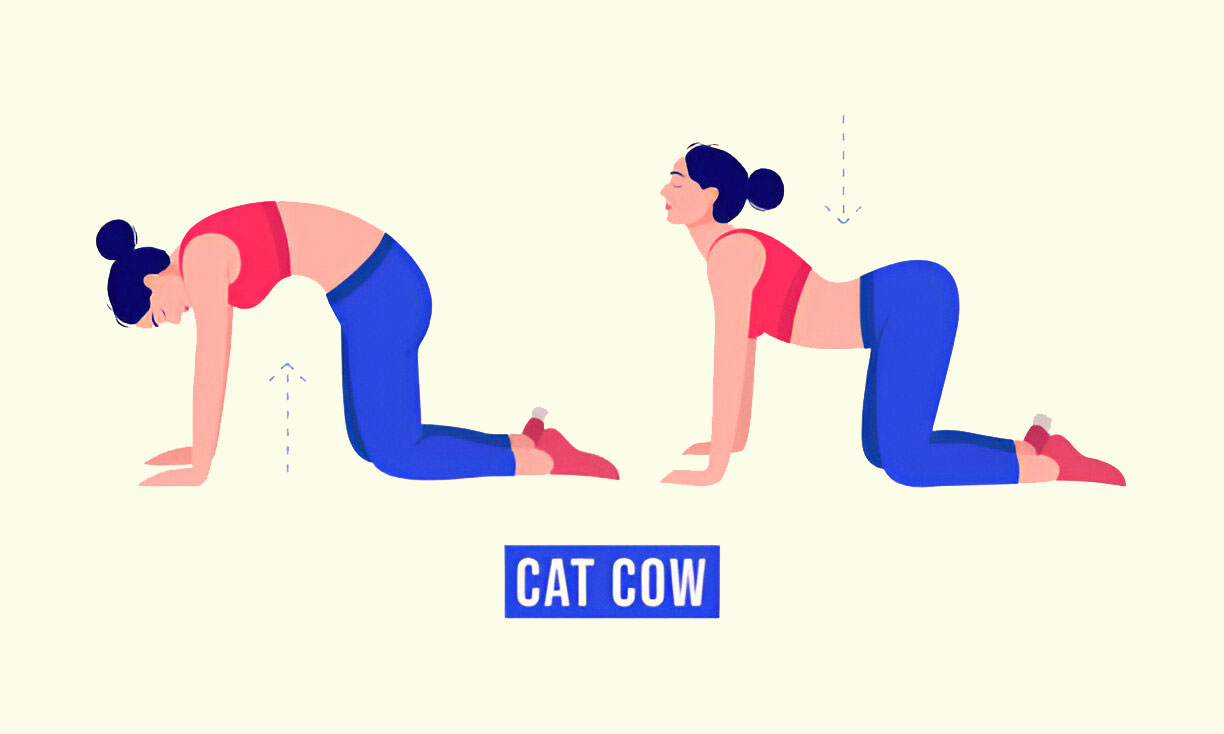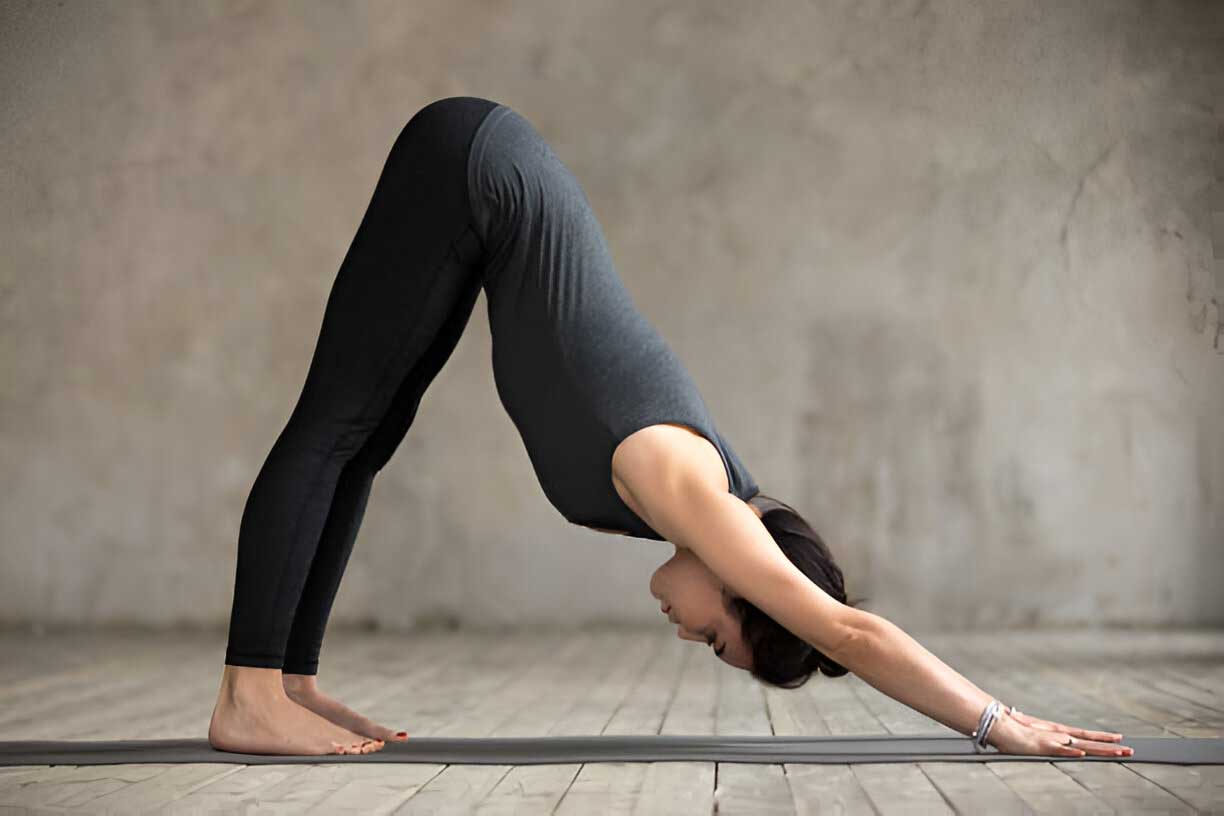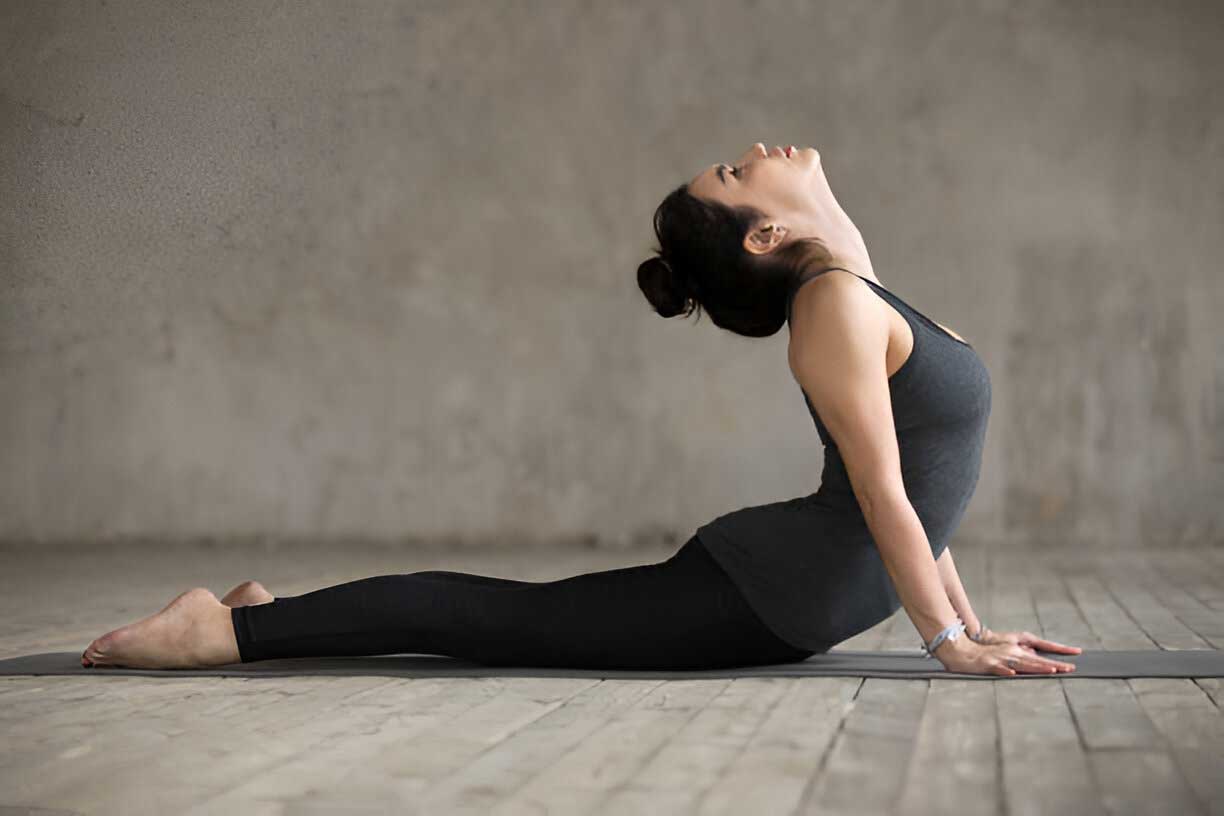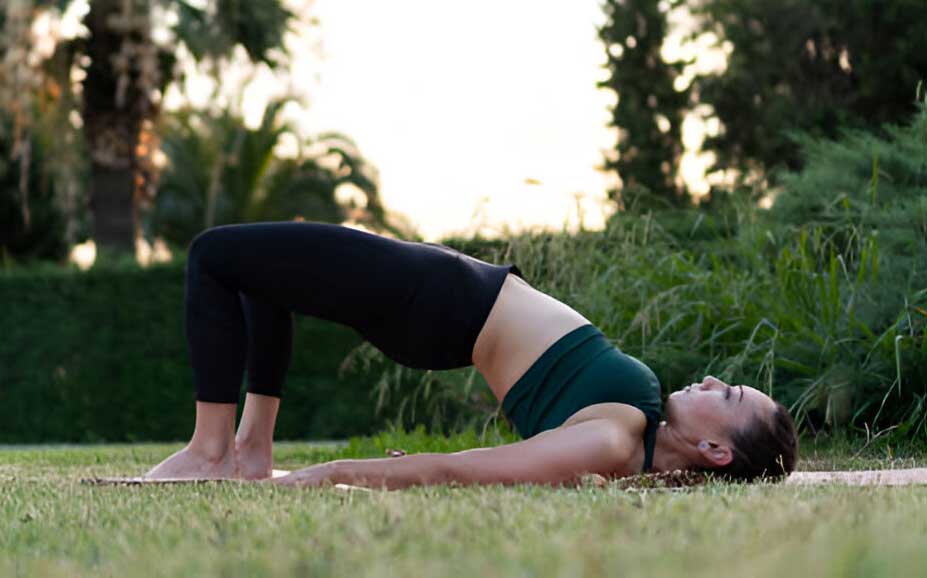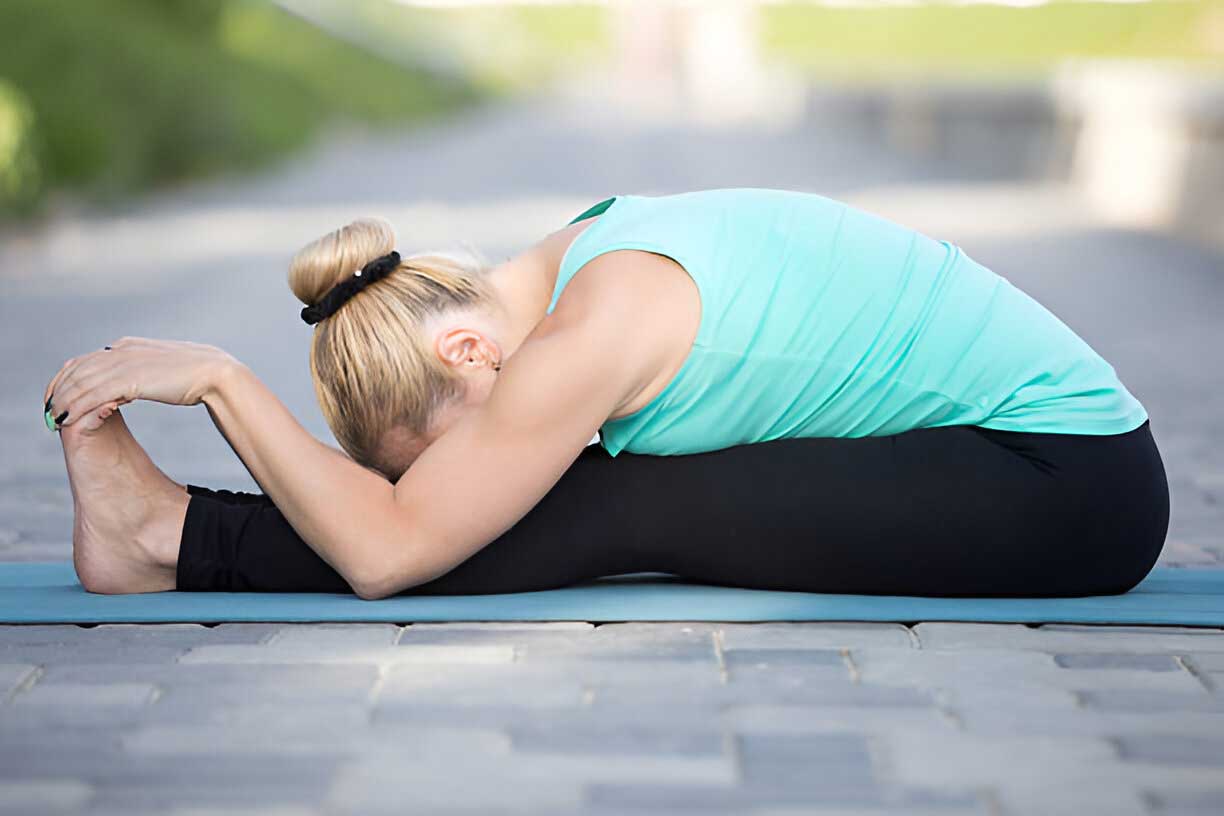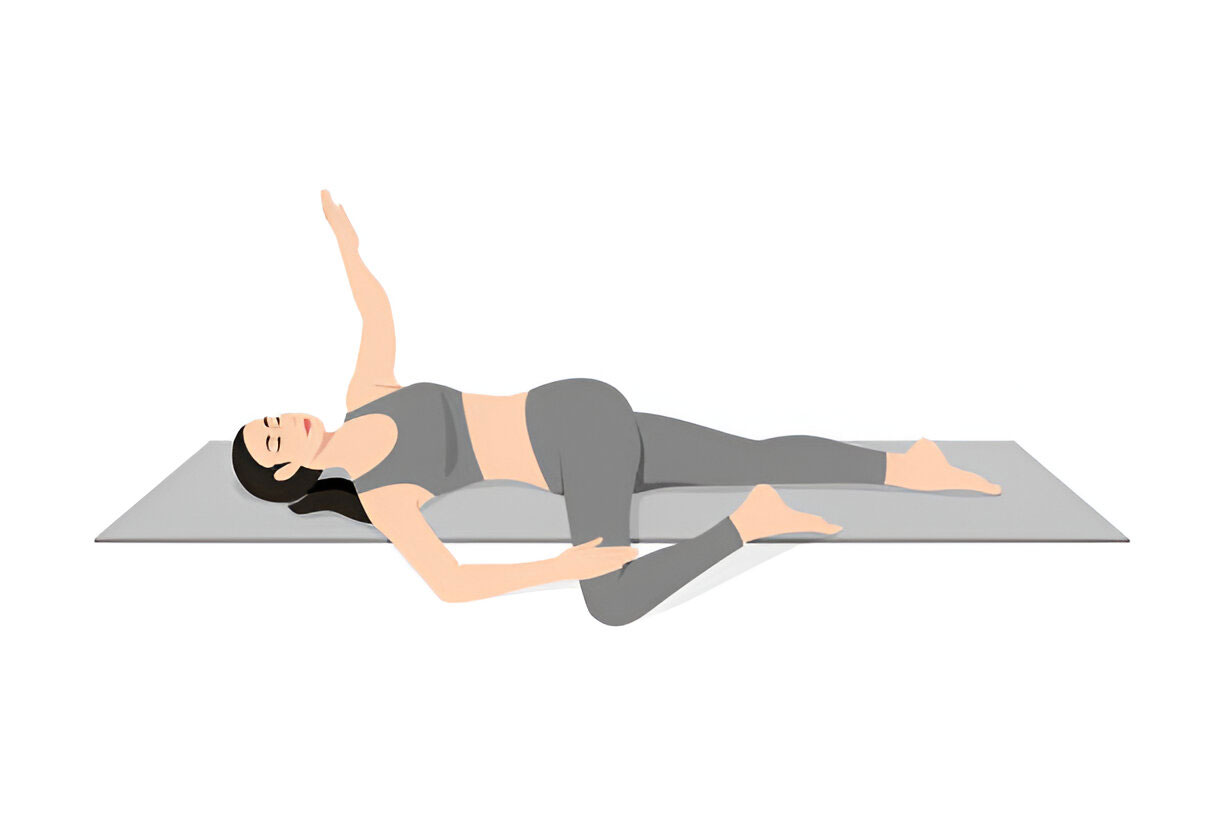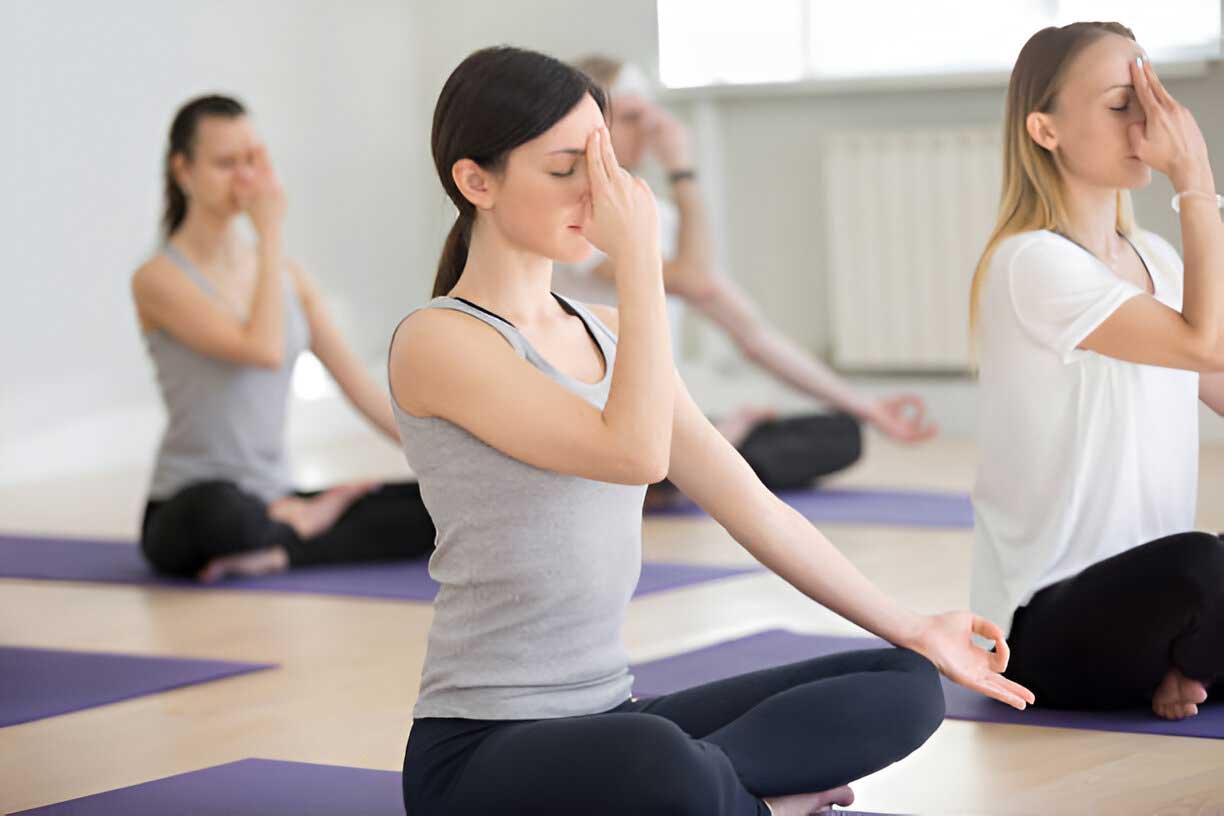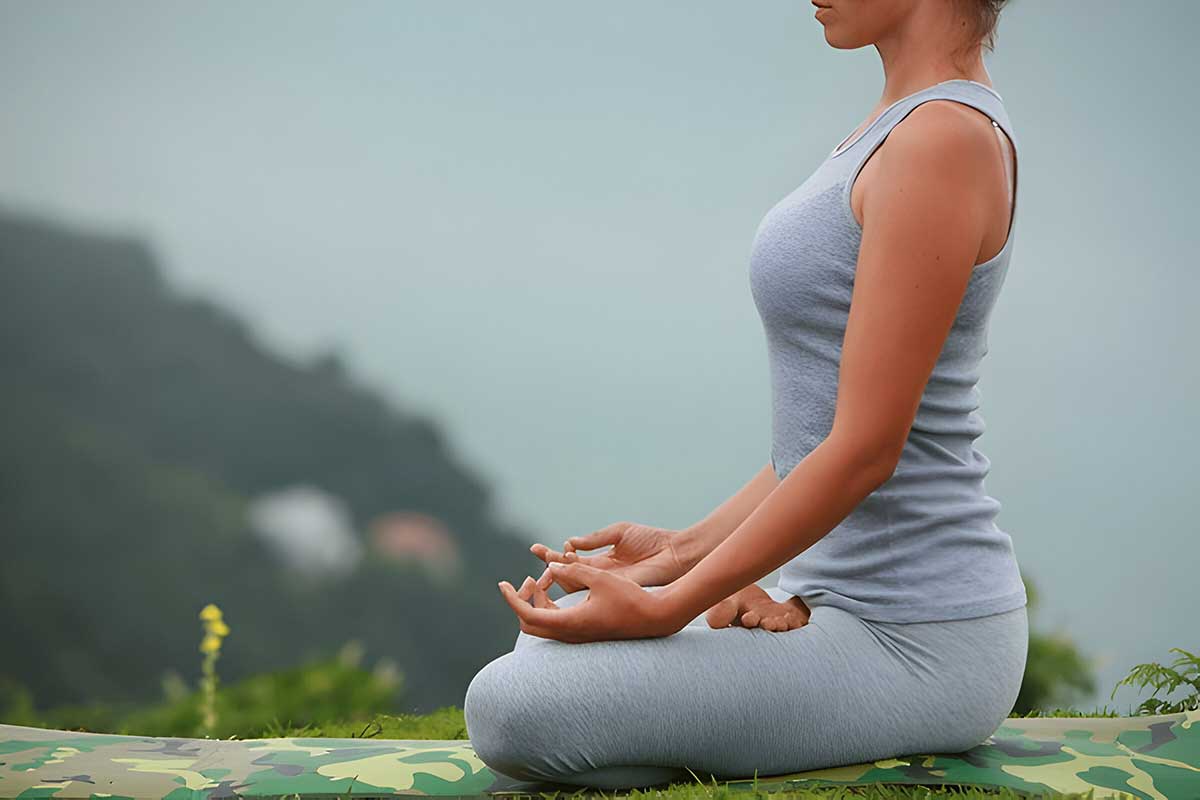How Does Yoga Improve Flexibility in the Spine?
The spine is the backbone of our physical structure, providing support, flexibility, and protection to the central nervous system. Maintaining a flexible spine is crucial for overall health, posture, and mobility. A stiff or inflexible spine can lead to various issues, including back pain, poor posture, and limited movement. Yoga, with its emphasis on stretching, strengthening, and aligning the body, is an effective practice for improving spinal flexibility. Through specific poses and practices, yoga enhances spinal flexibility, promotes better posture, and supports overall spinal health.
This comprehensive guide will explore how yoga improves spinal flexibility, including specific yoga poses, techniques, and detailed instructions to help you achieve a more flexible and healthy spine.
The Importance of Spinal Flexibility
Spinal flexibility is essential for maintaining a healthy back and overall mobility. A flexible spine allows for a full range of motion in daily activities, reduces the risk of injury, and supports a healthy posture. Conversely, a stiff or inflexible spine can lead to discomfort, restricted movement, and an increased risk of back pain and other spinal issues.
Benefits of Spinal Flexibility:
- Improved Posture: A flexible spine supports proper alignment and posture, reducing the risk of developing postural issues like kyphosis or lordosis.
- Enhanced Mobility: Flexibility in the spine allows for a greater range of motion, making everyday movements more comfortable and efficient.
- Reduced Pain: A flexible spine helps alleviate pressure on the vertebrae and discs, reducing the likelihood of back pain and discomfort.
- Better Circulation: A flexible spine improves blood flow to the spinal tissues, promoting healing and reducing inflammation.
- Injury Prevention: Flexibility in the spine reduces the risk of injury during physical activities by allowing the spine to move more freely and adapt to different movements.
How Yoga Improves Spinal Flexibility
Yoga improves spinal flexibility through a combination of stretching, strengthening, and alignment techniques. The following are key ways yoga contributes to a more flexible and healthy spine:
- Stretching and Lengthening: Yoga poses stretch the muscles, ligaments, and tendons surrounding the spine, promoting flexibility and reducing stiffness.
- Strengthening Core Muscles: Yoga strengthens the core muscles that support the spine, helping to maintain proper alignment and reduce strain on the back.
- Improving Alignment: Yoga emphasizes proper alignment, which helps maintain the natural curves of the spine and prevents excessive strain on the vertebrae and discs.
- Enhancing Mobility: Yoga increases the spine’s range of motion by encouraging movement in all directions—forward, backward, sideways, and rotationally.
- Reducing Stress and Tension: Yoga promotes relaxation and reduces stress, which can contribute to spinal tension and stiffness.
Yoga Poses for Improving Spinal Flexibility
Specific yoga poses are particularly effective for improving spinal flexibility. These poses target different areas of the spine, promoting mobility, strength, and alignment.
1. Cat-Cow Pose (Marjaryasana-Bitilasana)
Cat-Cow Pose is a gentle flow between two poses that warms up the spine, increases flexibility, and improves posture. It helps to release tension in the spine and prepares the body for deeper stretches.
How to Perform:
- Begin on your hands and knees in a tabletop position, with your wrists aligned under your shoulders and your knees under your hips.
- Inhale as you drop your belly towards the mat, lifting your head and tailbone (Cow Pose).
- Exhale as you round your back, tucking your chin to your chest and drawing your belly in (Cat Pose).
- Continue to flow between these two poses for 1 to 3 minutes, coordinating your movements with your breath.
Benefits:
- Increases flexibility in the entire spine
- Improves posture and alignment
- Releases tension in the back and neck
2. Downward-Facing Dog (Adho Mukha Svanasana)
Downward-Facing Dog is a foundational yoga pose that stretches and lengthens the entire spine, improving flexibility and relieving tension in the back and shoulders.
How to Perform:
- Start on your hands and knees in a tabletop position.
- Tuck your toes under and lift your hips towards the ceiling, straightening your legs and forming an inverted V shape with your body.
- Press your hands firmly into the mat, keeping your fingers spread wide, and draw your shoulder blades down your back.
- Hold the pose for 1 to 3 minutes, breathing deeply.
Benefits:
- Stretches and lengthens the spine
- Relieves tension in the back, shoulders, and hamstrings
- Improves overall flexibility and strength
3. Cobra Pose (Bhujangasana)
Cobra Pose is a gentle backbend that stretches the spine, opens the chest, and strengthens the back muscles. This pose is beneficial for improving spinal flexibility and posture.
How to Perform:
- Lie on your stomach with your legs extended and feet together.
- Place your hands under your shoulders, palms facing down.
- Inhale and lift your chest off the ground, keeping your elbows slightly bent and your shoulders relaxed.
- Hold the pose for 15 to 30 seconds, breathing deeply.
- Slowly release the pose and return to the starting position.
Benefits:
- Stretches the spine and strengthens the back muscles
- Improves flexibility in the lower back and chest
- Enhances posture and reduces back pain
4. Bridge Pose (Setu Bandhasana)
Bridge Pose is a gentle backbend that stretches the spine, chest, and hips. It strengthens the back and gluteal muscles while promoting flexibility in the spine.
How to Perform:
- Lie on your back with your knees bent and feet flat on the floor, hip-width apart.
- Place your arms by your sides, palms facing down.
- Lift your hips towards the ceiling, rolling your shoulders underneath you.
- Clasp your hands together under your back and hold the pose for 30 seconds to 1 minute, breathing deeply.
- Slowly release the pose and return to the starting position.
Benefits:
- Stretches the spine, chest, and hips
- Strengthens the back and gluteal muscles
- Improves flexibility and posture
5. Seated Forward Bend (Paschimottanasana)
Seated Forward Bend is a calming pose that stretches the entire back of the body, including the spine, hamstrings, and calves. This pose helps improve spinal flexibility and reduces stress.
How to Perform:
- Sit on the floor with your legs extended in front of you.
- Inhale and lengthen your spine, reaching your arms overhead.
- Exhale and fold forward, reaching for your feet or ankles.
- Hold the pose for 1 to 3 minutes, breathing deeply.
- Slowly release the pose and return to the starting position.
Benefits:
- Stretches the spine, hamstrings, and calves
- Improves flexibility in the back and legs
- Calms the mind and reduces stress
6. Supine Twist (Supta Matsyendrasana)
Supine Twist is a gentle reclining twist that stretches the spine, shoulders, and hips. This pose helps release tension in the back, improves spinal mobility, and promotes relaxation.
How to Perform:
- Lie on your back with your legs extended.
- Draw your right knee towards your chest and cross it over your body to the left, keeping your right shoulder on the ground.
- Extend your right arm out to the side and look over your right shoulder.
- Hold the pose for 1 to 3 minutes, breathing deeply.
- Repeat on the other side.
Benefits:
- Stretches the spine, shoulders, and hips
- Improves spinal mobility and flexibility
- Promotes relaxation and relieves tension
7. Camel Pose (Ustrasana)
Camel Pose is a deep backbend that stretches the entire front body, including the spine, chest, and shoulders. This pose helps improve flexibility in the spine and strengthens the back muscles.
How to Perform:
- Begin by kneeling on the floor with your knees hip-width apart.
- Place your hands on your lower back for support.
- Slowly arch your back, reaching your hands towards your heels.
- Tilt your head back, opening your throat.
- Hold the pose for 30 seconds to 1 minute, breathing deeply.
- Slowly release the pose and return to the starting position.
Benefits:
- Stretches the spine, chest, and shoulders
- Improves flexibility in the back and front body
- Strengthens the back muscles and improves posture
Pranayama for Spinal Flexibility
Pranayama, or breath control, is an essential aspect of yoga that helps regulate the body’s energy and promote relaxation. Specific pranayama techniques can support spinal flexibility by improving circulation, reducing stress, and enhancing overall well-being.
1. Nadi Shodhana (Alternate Nostril Breathing)
Nadi Shodhana, or Alternate Nostril Breathing, is a balancing pranayama technique that helps regulate the flow of energy in the body. This practice promotes relaxation, reduces stress, and supports overall spinal health.
How to Perform:
- Sit in a comfortable position with your spine straight.
- Close your right nostril with your thumb and inhale deeply through your left nostril.
- Close your left nostril with your ring finger and exhale through your right nostril.
- Inhale through your right nostril, close it, and exhale through your left nostril.
- Continue this alternate nostril breathing for 5 to 10 minutes.
Benefits:
- Balances the flow of energy in the body
- Promotes relaxation and reduces stress
- Supports overall spinal health and flexibility
2. Ujjayi Pranayama (Ocean Breath)
Ujjayi Pranayama, also known as Ocean Breath, involves deep, slow breathing that creates a gentle sound resembling ocean waves. This technique helps calm the nervous system, reduce stress, and support spinal flexibility.
How to Perform:
- Sit in a comfortable position with your spine straight.
- Inhale deeply through your nose, slightly constricting the back of your throat.
- Exhale through your nose, maintaining the throat constriction to create a soft, ocean-like sound.
- Continue this breathing pattern for 5 to 10 minutes.
Benefits:
- Calms the nervous system and reduces stress
- Supports spinal flexibility and overall well-being
- Promotes mental clarity and relaxation
Meditation and Mindfulness for Spinal Health
Meditation and mindfulness practices are essential components of yoga that help calm the mind, reduce stress, and promote emotional well-being. These practices can positively impact spinal health by reducing stress-related tension and promoting relaxation.
1. Mindfulness Meditation
Mindfulness meditation involves focusing on the present moment and observing your thoughts and sensations without judgment. This practice helps reduce stress, improve mental clarity, and support overall spinal health.
How to Practice:
- Sit in a comfortable position with your spine straight.
- Close your eyes and focus on your breath, observing each inhalation and exhalation.
- If your mind wanders, gently bring your attention back to your breath.
- Practice mindfulness meditation for 10 to 20 minutes daily.
Benefits:
- Reduces stress and promotes emotional balance
- Supports spinal health and overall well-being
- Enhances mental clarity and relaxation
2. Guided Visualization
Guided visualization is a meditation technique that involves imagining positive, healing images to promote relaxation and well-being. This practice can help reduce stress and support spinal flexibility.
How to Practice:
- Sit or lie down in a comfortable position and close your eyes.
- Imagine a warm, healing light surrounding your spine, promoting flexibility and health.
- Visualize the light spreading throughout your body, bringing relaxation and well-being.
- Continue this visualization for 10 to 20 minutes daily.
Benefits:
- Promotes relaxation and reduces stress
- Supports spinal flexibility and overall health
- Enhances emotional well-being and mental clarity
Lifestyle Changes to Support Spinal Flexibility
In addition to yoga and pranayama, certain lifestyle changes can support spinal flexibility and complement your yoga practice.
1. Regular Movement
Incorporate regular movement into your daily routine to keep the spine flexible and healthy. Avoid prolonged periods of sitting or standing, and take breaks to stretch and move throughout the day.
2. Balanced Diet
A balanced diet plays a crucial role in supporting spinal health. Include foods rich in vitamins, minerals, and antioxidants, such as leafy greens, fruits, nuts, and seeds, to promote overall health. Stay hydrated to keep the spinal discs lubricated and flexible.
3. Proper Posture
Maintain proper posture throughout the day to reduce strain on the spine. Sit and stand with your spine aligned, shoulders relaxed, and head in a neutral position.
4. Stress Management
Managing stress is crucial for maintaining spinal flexibility and overall well-being. In addition to yoga and meditation, consider incorporating relaxation techniques such as deep breathing, journaling, or spending time in nature into your daily routine.
Conclusion
Yoga offers a holistic and effective approach to improving spinal flexibility by stretching, strengthening, and aligning the spine. By incorporating specific yoga poses, pranayama techniques, and meditation practices into your daily routine, you can support spinal health, enhance flexibility, and promote overall well-being.
In addition to yoga, adopting a balanced diet, regular movement, proper posture, and stress management practices can further support spinal flexibility and complement your yoga practice. Whether you’re looking to improve posture, reduce back pain, or maintain a flexible spine, yoga provides a natural and effective way to achieve your goals.
With consistent practice and a mindful approach, yoga can become a powerful tool in your journey toward a more flexible and healthy spine, leading to a balanced and harmonious life.


